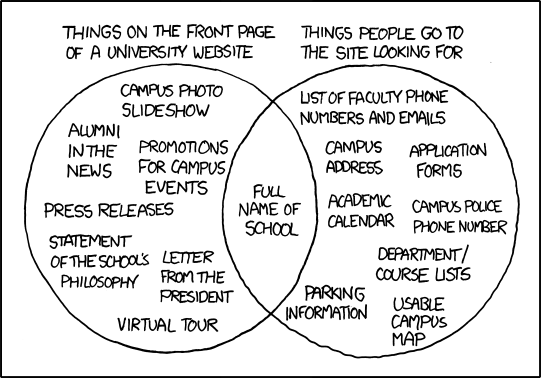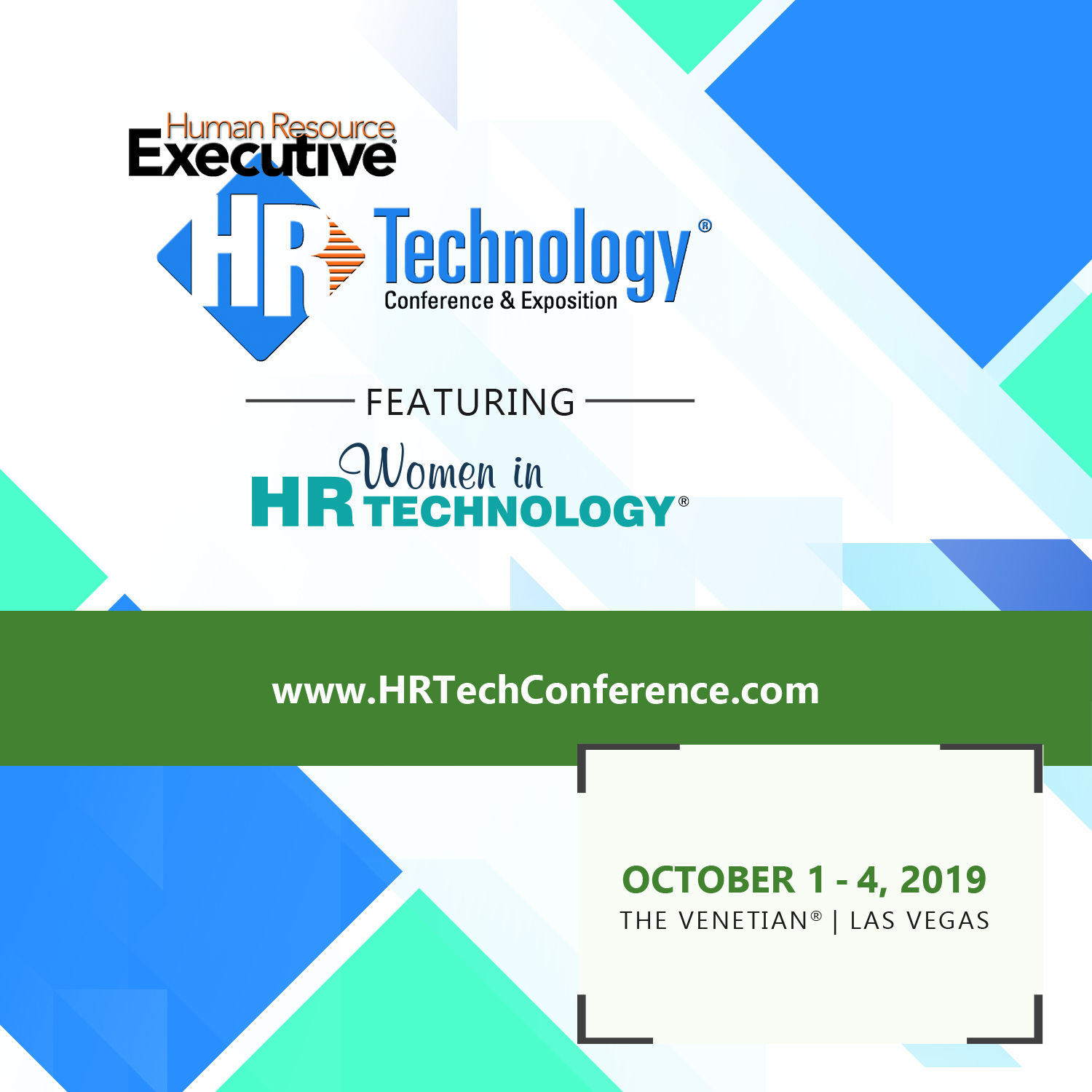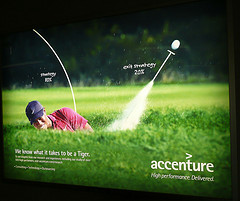Abilene Christian University made news last year with an innovative and interesting program for its incoming freshman class in 2008; it provided free of charge a new iPhone or iPod Touch to each incoming student.
The University developed a number of custom applications for the iPhone, ranging from homework  Flickr - fanfan2145submission tools, to in-class polling and response systems, to checking campus maps and cafeteria menus.
Flickr - fanfan2145submission tools, to in-class polling and response systems, to checking campus maps and cafeteria menus.
But more important than the specific applications and use cases is the underlying philosophy that fueled the decision to 'give' iPhones to all the new students. Students expect to 'consume' content on the go, from any location, and when it is convenient (which is almost never the 8:00 AM lecture). The campus-developed applications can stream class notes, videos, and other interactive content to the students in real-time.
And in another interesting twist, Abiliene Christian students are finding that they can leverage the iPhones in ways beyond the 'official' or expected uses. One student observed:
Kasey Stratton, a first-year ACU business student, said her favorite aspect of the iPhone program was how apps are changing the way students interact socially. Many Abilene students use Bump, a free app downloadable through the App Store, which enables them to swap e-mails and phone numbers by bumping their iPhones together. Also, the campus’ map app helped her become familiar with the campus quickly when she arrived.
“At ACU it’s like they see [the iPhone] is the way of the future and they might as well take advantage of it,” Stratton said in a phone interview. “They’re preparing us for the real world — not a place where you’re not allowed to use anything.”
There are two really interesting notes to take from those comments, both are applicable to HR and HR Technology.
When given the opportunity, people will find new use cases for technology
The school distributed the iPhones with some specific, and fairly modest goals. Let students participate in class polls, have access to some information systems, etc. These were important and valuable benefits. But the students proceeded to leverage the technology to better connect with each other, to facilitate their own projects and group activities, and ultimately to derive more value than the administration had ever foreseen.
We see this all the time in consumer or public platforms, like how Twitter users 'invented' the concept of hash tags and '@' replies. When technology is designed to promote adaptation, or is developed and consumed in ways that can support changes to configuration and flexible levels of personalization the opportunity for end users and employees to 'discover' new and better uses is significantly enhanced.
In the 'real world' (your companies), entering employees have high expectations
Before I get in trouble with Lance Haun, I am not going to the Gen Y/Millennial card on this. Just simply noting the importance of this student's expectation that in the 'real world' tools and technologies like the iPhone, BlackBerry, access to social networks, and 25 things that have not even been invented yet will all be present and available in the workplace. Students that grow up with these tools absolutley will not understand why if indeed they walk into a new organization that is relies on ancient desk phones, MS Outlook email systems with limited storage, and have network file shares as the de facto 'collaboration' tool. And not just new and younger employees, soon, and for the foreseeable future almost all of your employees will feel the same way.
Abilene Christian certainly seems like an unlikely place to be at the forefront of an innovative, cutting edge technology-based project like this. And it is. But it shows that even from unlikely sources, ones without national reputations, and billion-dollar endowments, that fantastic innovations can arise.
Maybe your company is also and unlikely launch pad for technology innovation. Maybe you are small, not that well funded, or stuck in the 90's when it comes to technology. But if Abilene Christian can do it, then so can you.
How about next year, when your first batch of new recuits come marching in the door, you hand them a brand new iPhone, and encourage them to use it to connect, learn, share, and experiment?
I know what you are thinking, where is the budget for that going to come from? I would bet the extra productivity you will get from the program will more than fund the phones over the year.
Ask Abilene Christian if the investment was worth it, they have gotten more mileage as the 'iPhone College' than they ever bargained for.


 Steve
Steve
